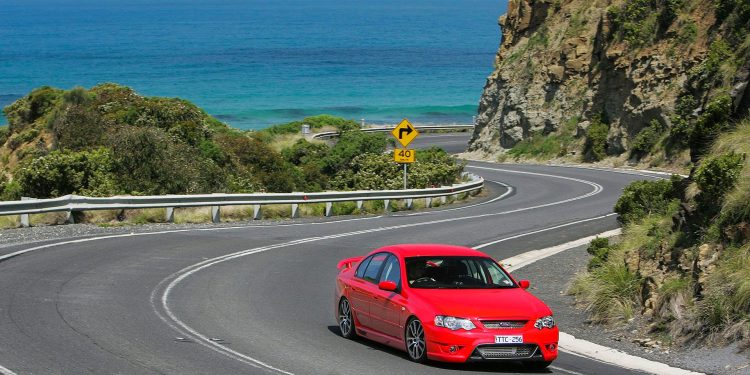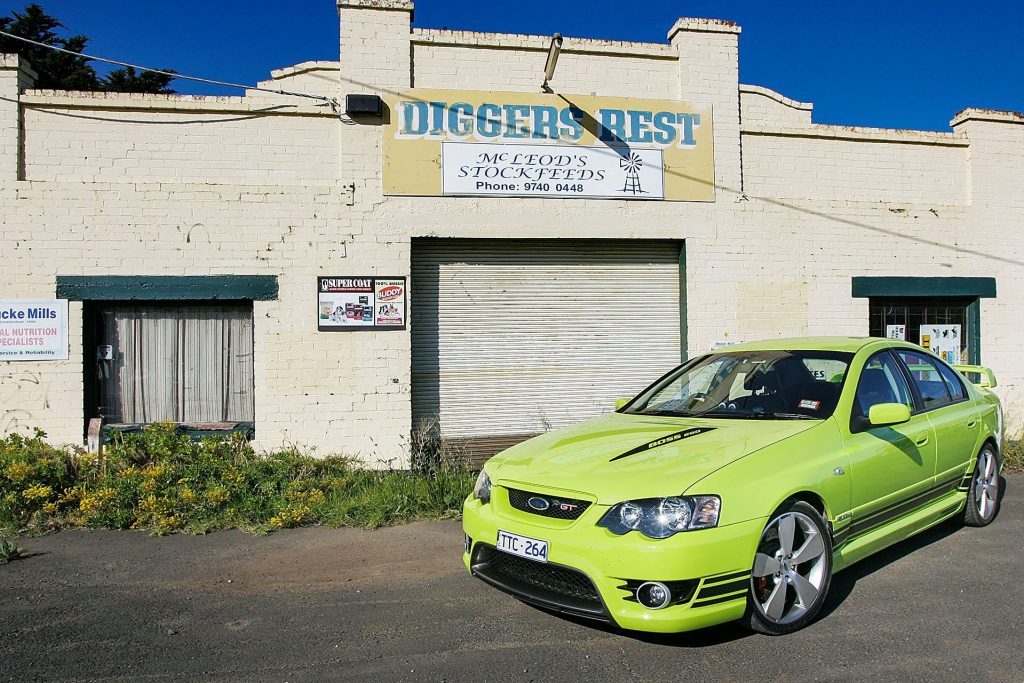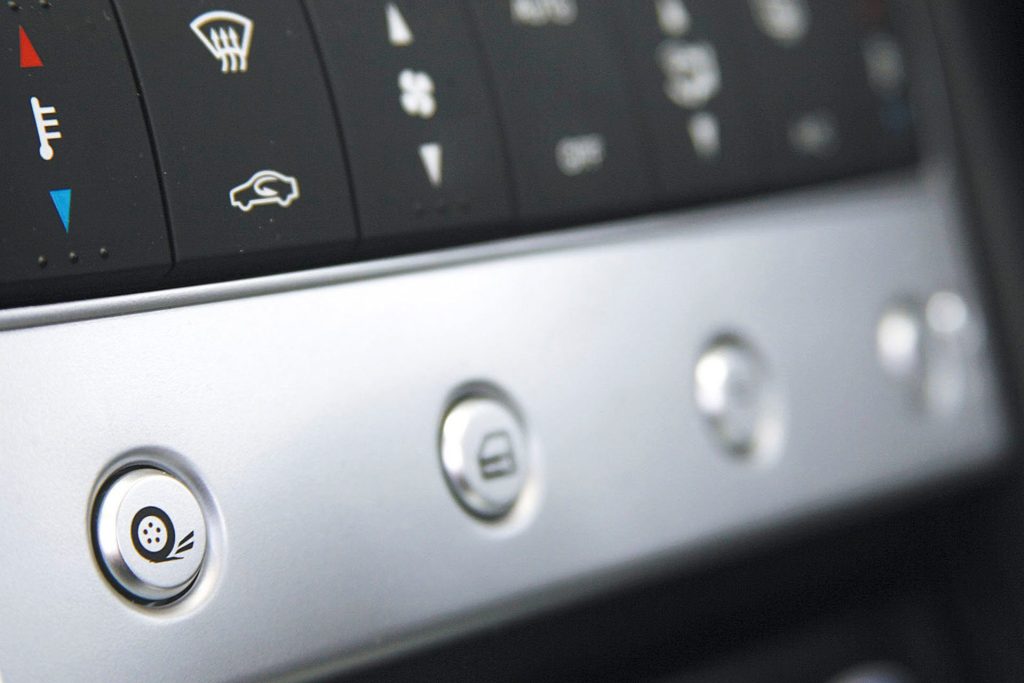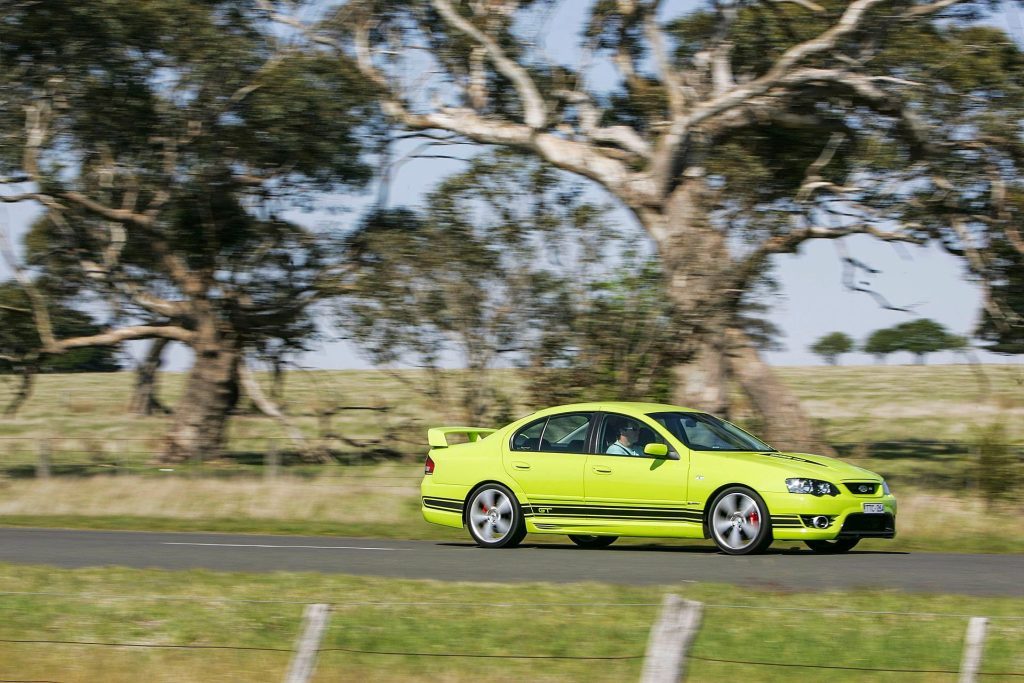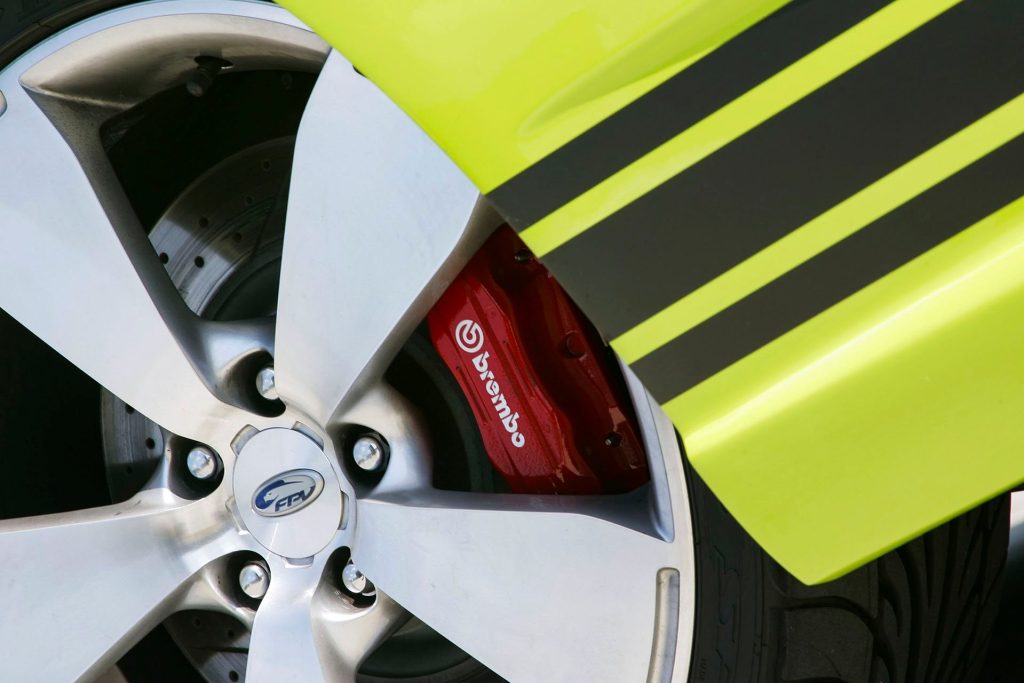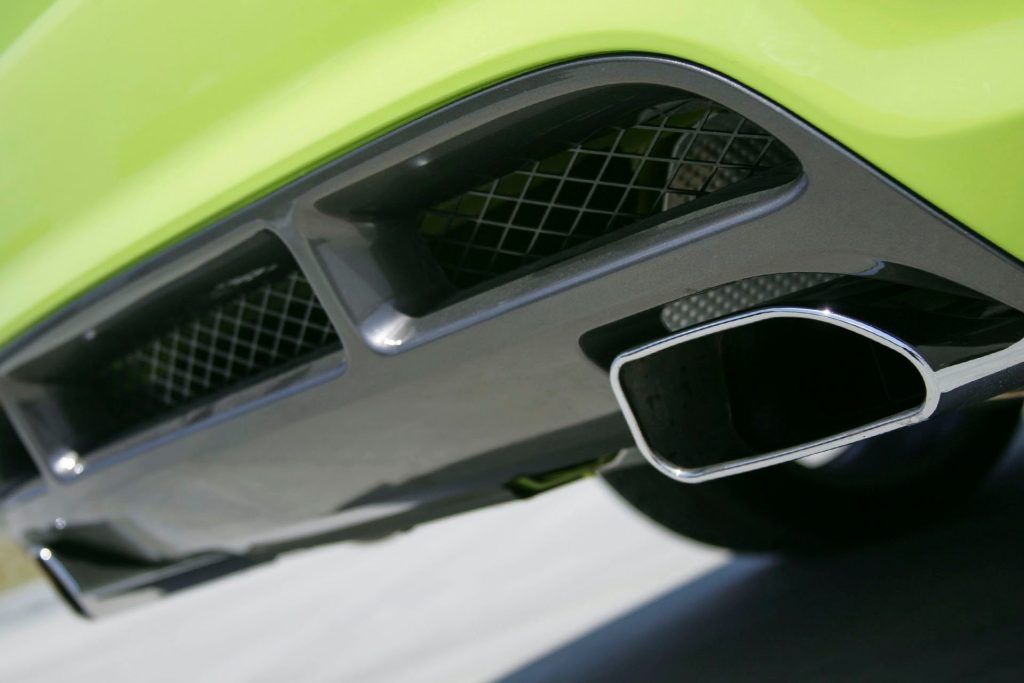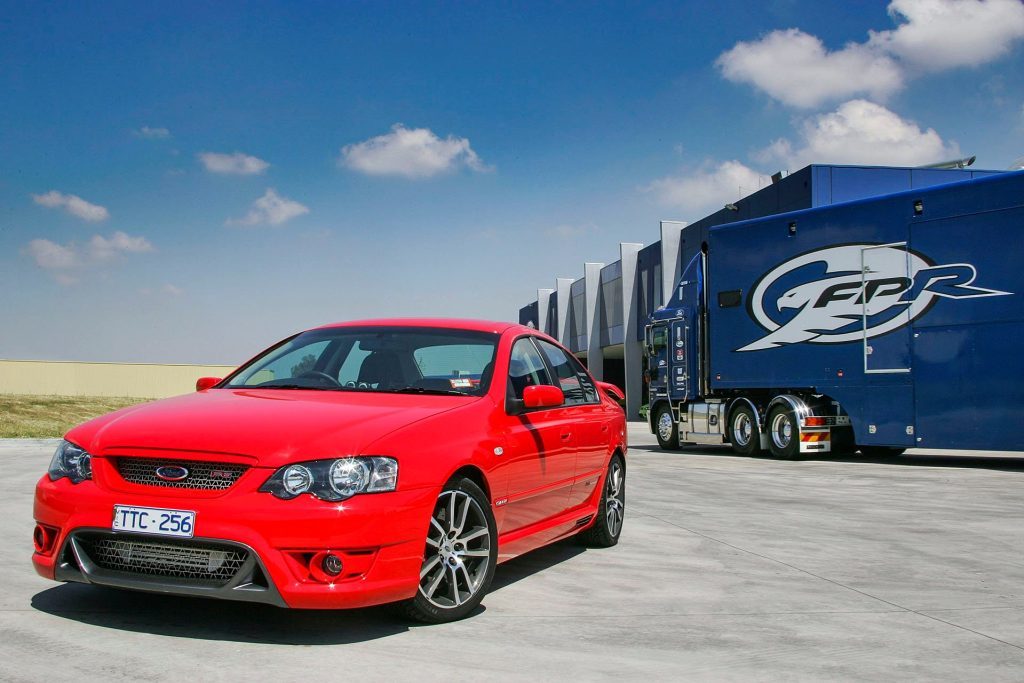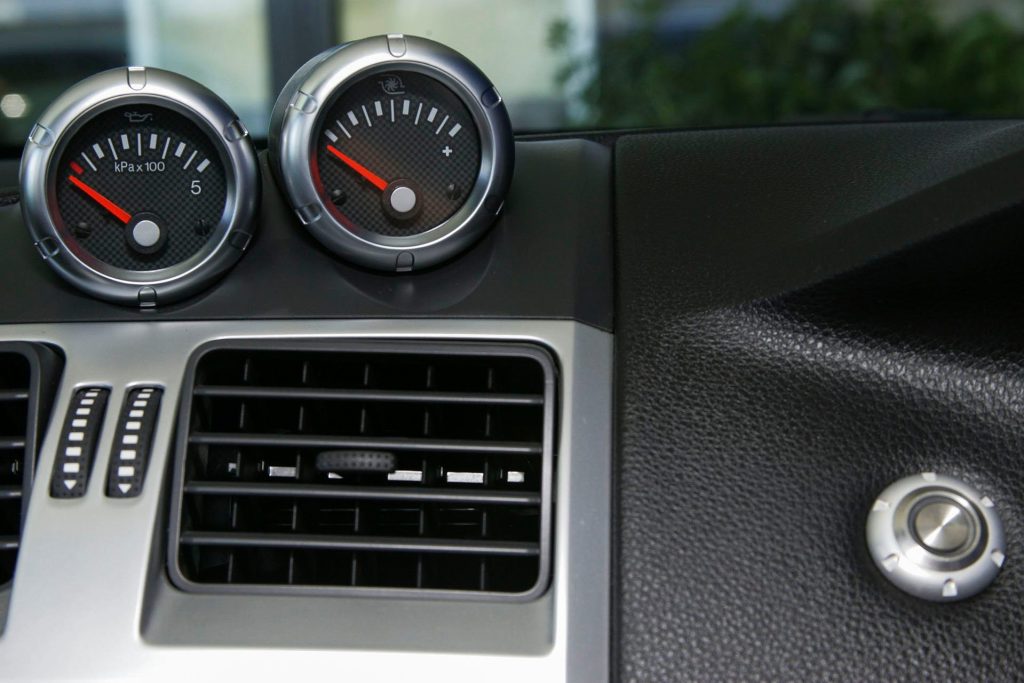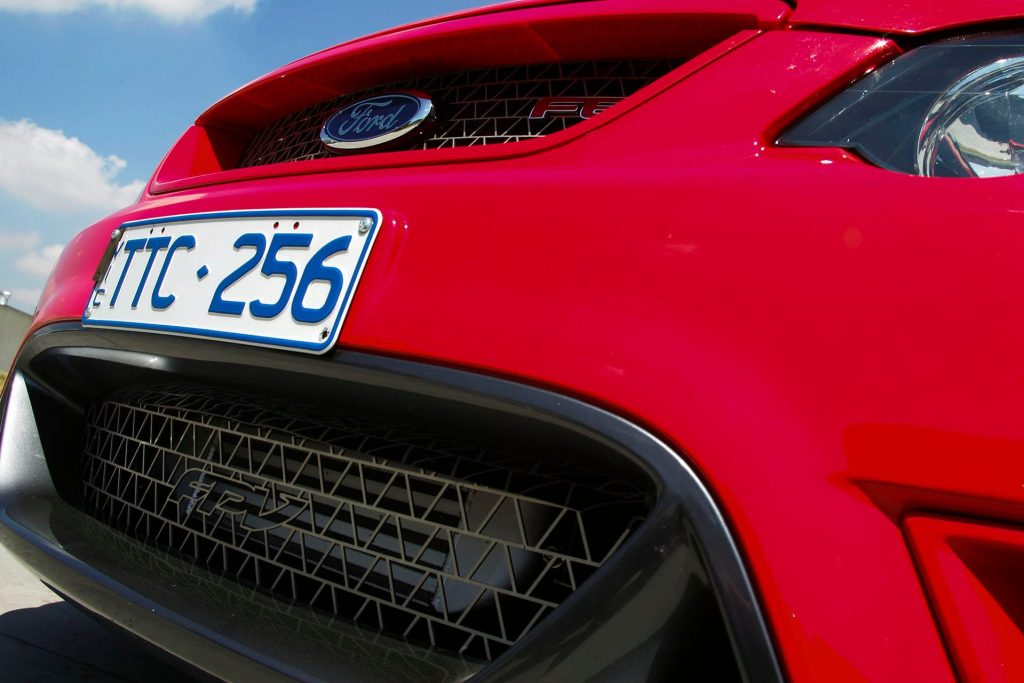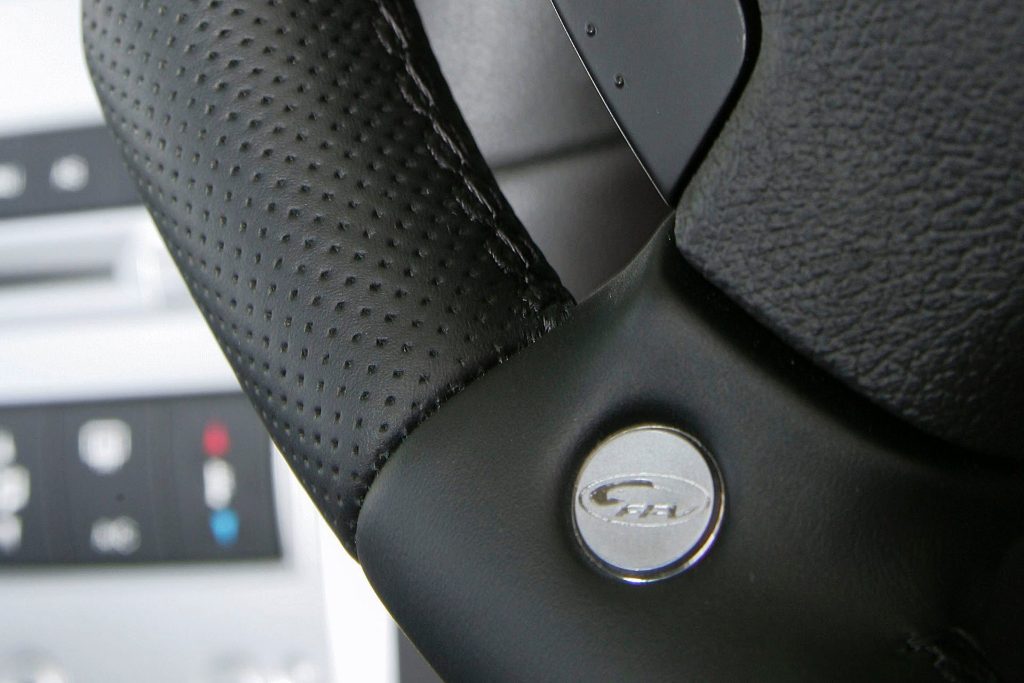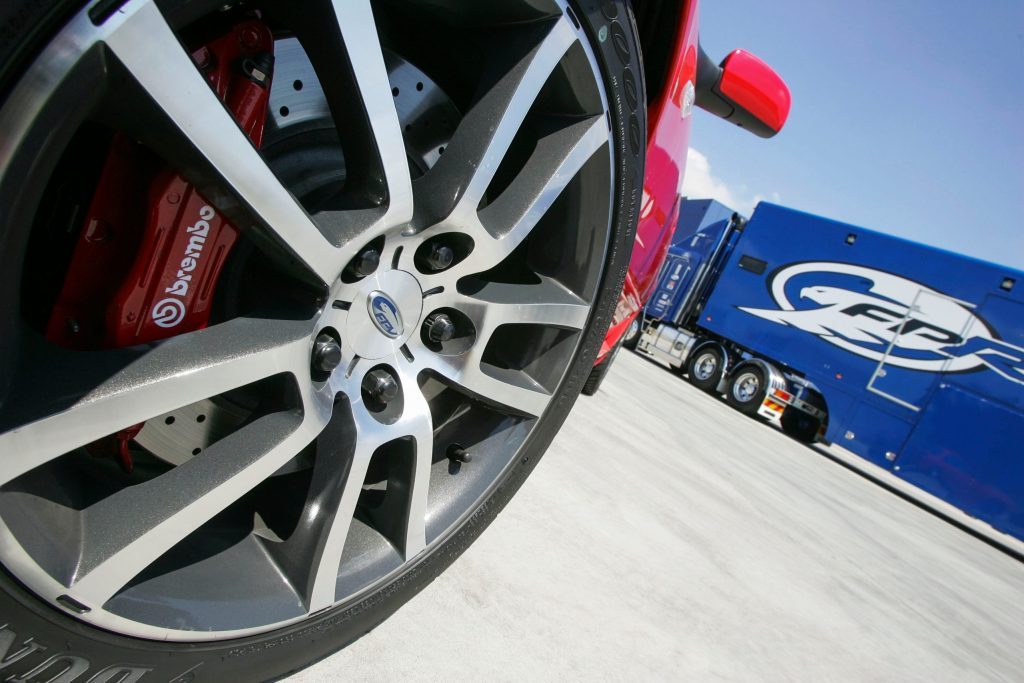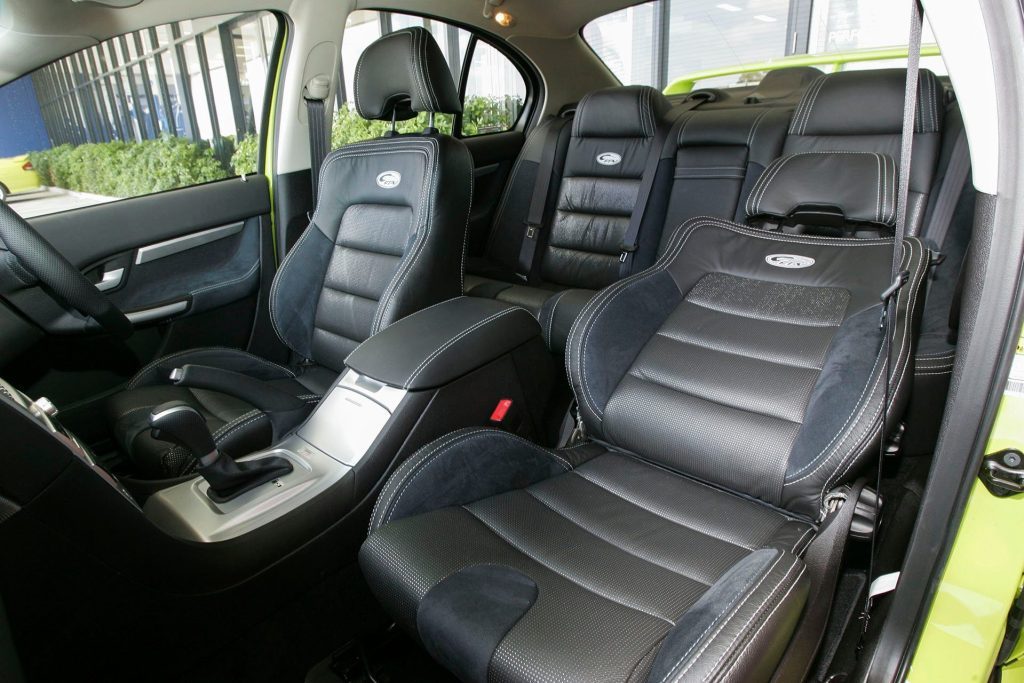2005 FPV BF GT and F6 first drive
Words: Bruce Newton | Photos: Tom Gasnier
New, tougher ADR rules meant engineering changes to cleanse BF Falcon engines, and these enhancements now trickle up to FPV models. Many upgrades are invisible but the adoption of the ZF six-speed auto is certainly not.
You’ve heard of the automotive trickle-down where the latest technology flows over a period of time from the more expensive members of the model range down to the less expensive cars?
Well, in the case of the latest BF range of Falcon-based high-performance cars from Ford Performance Vehicles that go on sale in New Zealand late November 2005, there’s a bit of trickle-up engineering going on.
In other words, the FPVs are benefiting from work done on the less expensive Falcons that sell in bigger numbers but which don’t have quite the GT or Typhoon flagship status. Not that it was a free ride, as FPV and Prodrive engineers had to make sure the various changes worked on their cars.
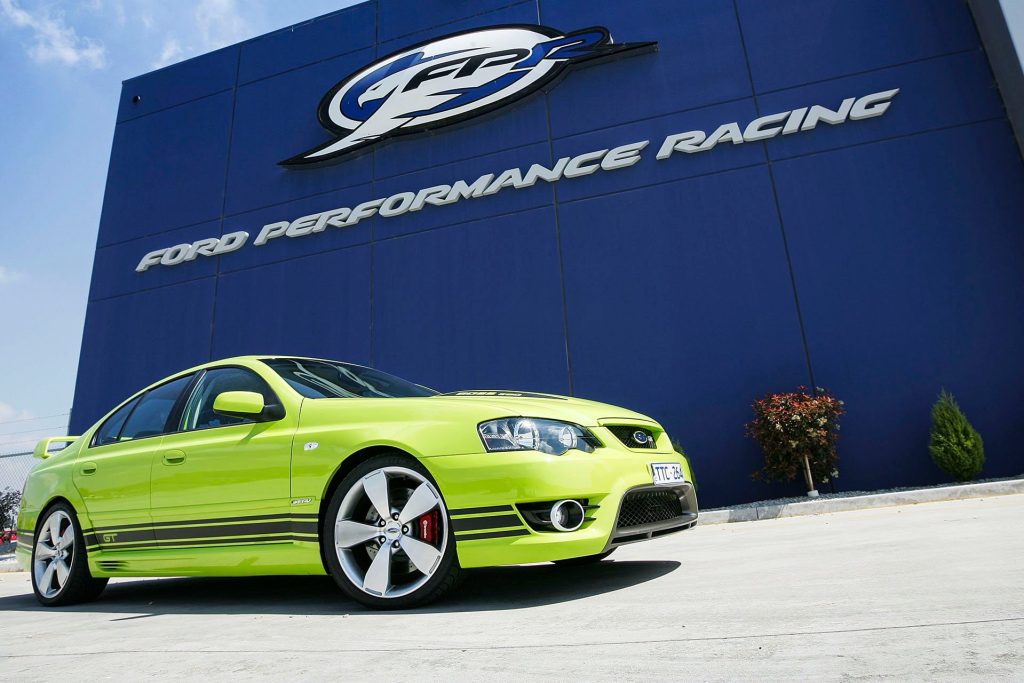
But whatever way FPV got this stuff, the fact is they needed it. That’s because Ford’s BF update is driven by the need to meet tougher emissions and drive-by regulations that become mandatory from January 1st.
Along the way the blue oval’s customer research revealed fuel economy, refinement and performance were all in need of a boost, so FPV picked up some of those benefits too.
Much of it you have heard about in earlier coverage of BF, including the new ZF six-speed automatic gearbox that is now offered across the entire FPV range. It now means there is an alternative transmission choice for F6 buyers, another box with six speeds.
The GT’s V8 Boss 290 engine benefits the least from all this work, but the fact is it had to be re-fettled simply to keep it at its current 290kW and 520Nm power and torque levels, such is the leap required to move the new regulations that are based on Euro III.
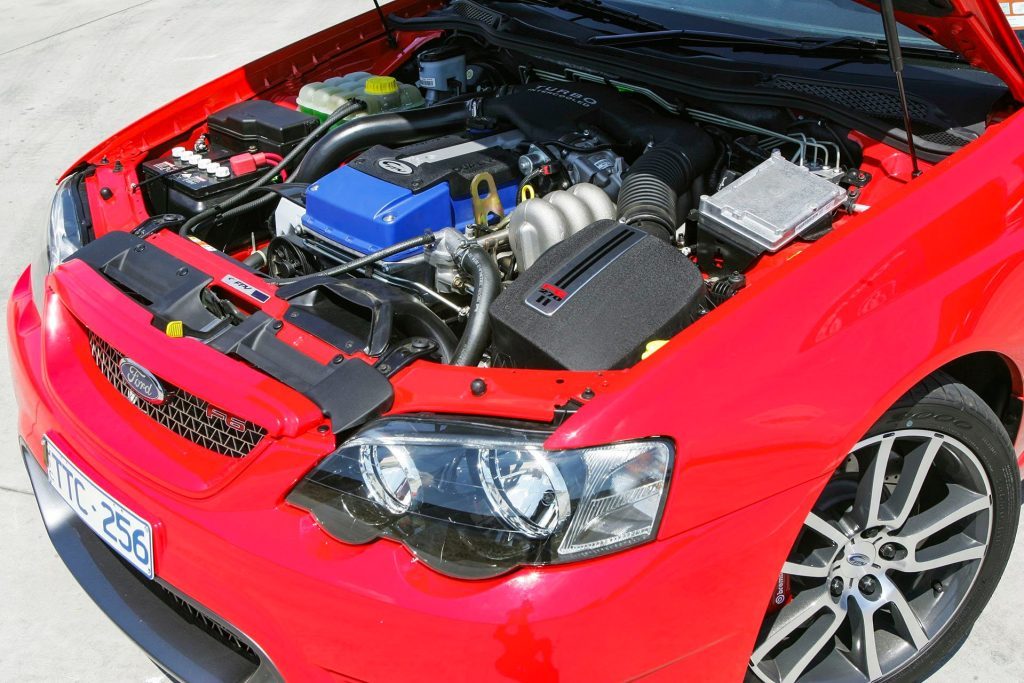
ADR79/01 enforces a significant reduction in the production of harmful emissions and noise levels, meaning a significantly upgraded level of onboard diagnostics.
So to reprise, the I6 turbo retains its 270kW and 550Nm, and has quietly received the independently variable camshafts that went into lesser versions of the engine. But it also benefits from a more powerful powertrain control module, a second knock sensor, revised engine calibration, and new camshaft profiles for more consistent power output at high engine speeds.
The V8 also gets the new PCM, oxygen sensor and additional knock sensor, camshaft timing changes and the engine management system recalibration to meet the new emissions standards. A larger capacity dual-entry ram airbox and twin exhaust system have also been fitted.
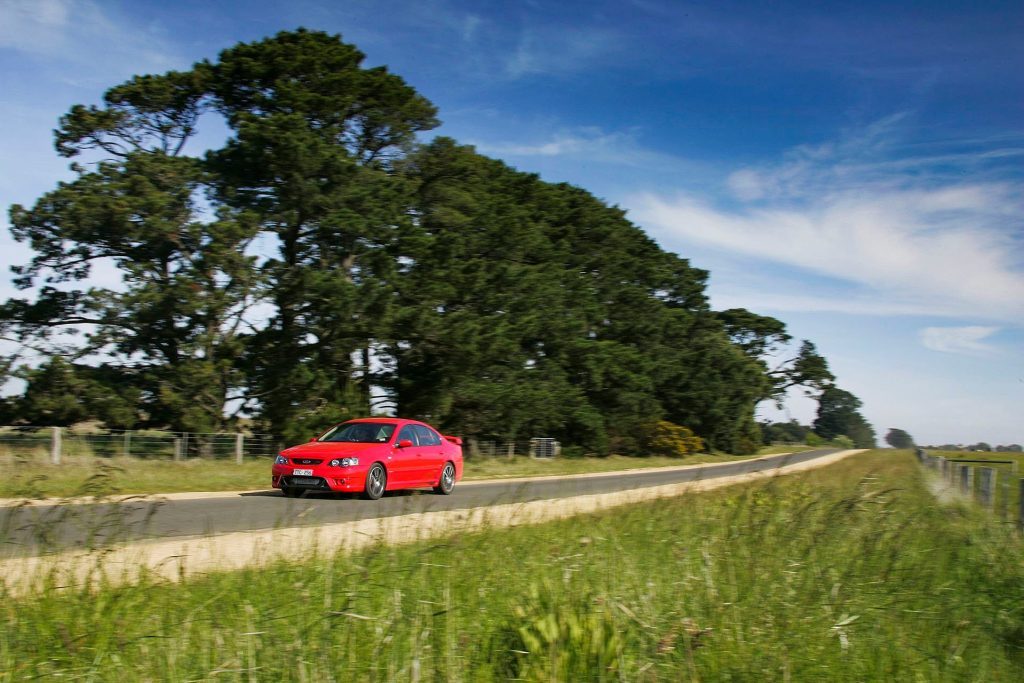
Those last couple of items are there to help the V8 pass the new ADR 83/00 drive-by noise requirements.
FPV gets the upper-spec version of the ZF box with a 600Nm torque limit courtesy of extra plates in each of its two clutch packs. But it’s exactly the same as the one in the XR Falcons when it comes to internal ratios, which start at a short 4.17 and top out with two overdrive gears.
Where it does deliver is in the calibration of shift quality, the FPVs getting the most aggressive setting.
The 6HP26 can do all sorts of clever things; it will build up ‘driver recognition’ points in support of your aggressive driving. For instance, it will downshift under heavy braking and prevent up- or downshifts mid-turn if cornering aggressively. There is even a transient rpm limit of 6250rpm (normal is 6000rpm) for wide open throttle upshifts.
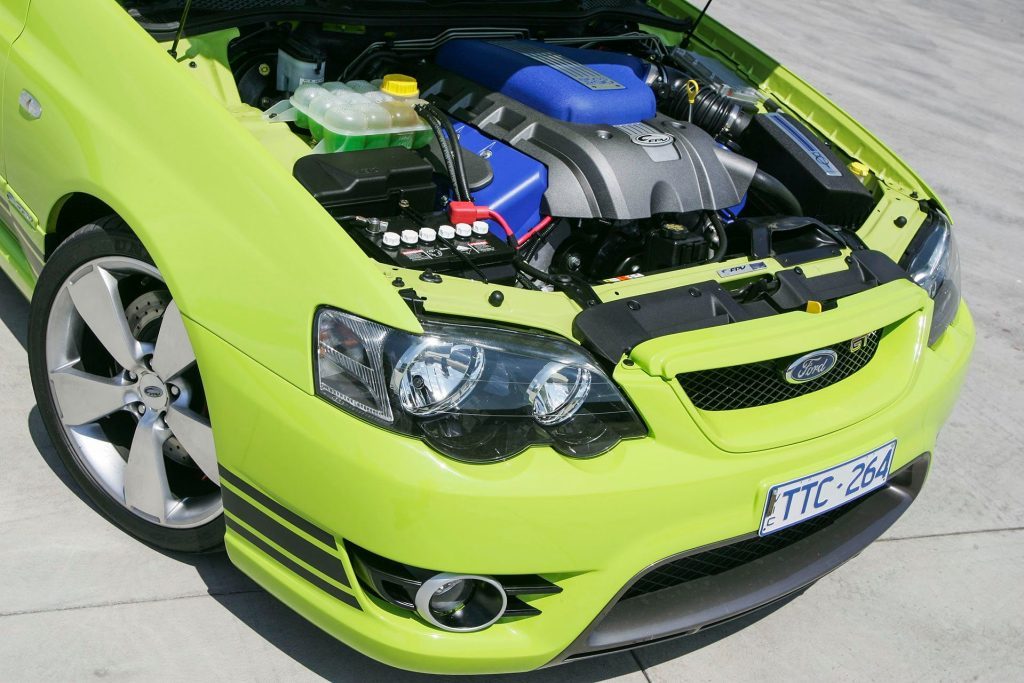
But this transmission also delivers better claimed fuel economy than its predecessor, with torque converter lock-up on all six forward gears and ‘base’ economy mode contributing. The F6’s 13.0L/100km is actually 0.5 L/100km better than what is claimed for the manual version. The V8 sedans hover around the same 15L/100km mark as before.
Ford’s also trickled up on refinement. There are some 15 measures that have been deployed, including re-tuned exhaust hangers and an absorbent roof liner.
The GT and Pursuit V8s now join the GT-P and Super Pursuit in having standard 19-inch wheels and Brembo brakes, although the latter two step up again by having monobloc six-pot front callipers. The F6 gets the same brakes as the GT and Pursuit, all discs are cross-drilled and pillar ventilated, while there is further assistance provided by ABS with EBD and traction control.
But no Bosch 8.0 stability control for the sedans, although oddly it is standard on the XR donor cars. Traction control on the utes is a new and welcome addition.
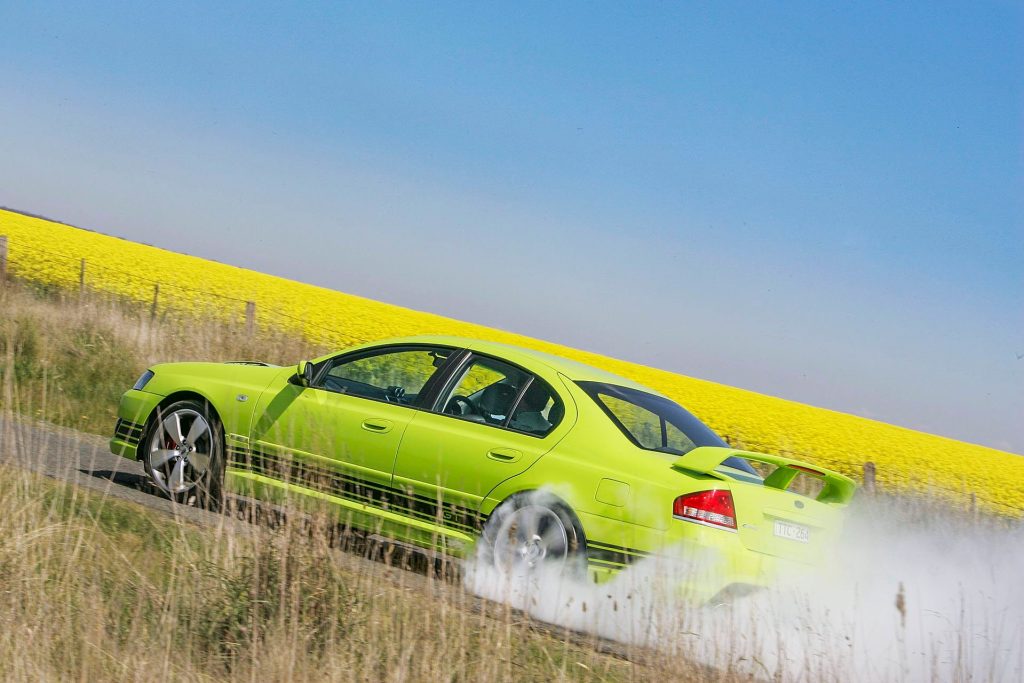
You will see a difference in look for FPV BF, with more differentiation between models and more aggression. There are different front bumpers across the range and a race inspired lip surrounding the larger lower air intake, replicated by a new-look opening in the rear bumpers of all sedans.
The GT-P and Super Pursuit get a different 19-inch wheel, while the exits for the twin exhaust on V8 sedans are trapezoidal. The GT and GT-P have badges in the grille, evoking the good old days, and it just wouldn’t be an FPV update without some new optional side stripe and hood decal packages.
And what about the bottom line? The news is pretty good here with rises in the range of $2500-$3000, most of that accounted for by the new auto, as well as the Brembos becoming standard on most models.
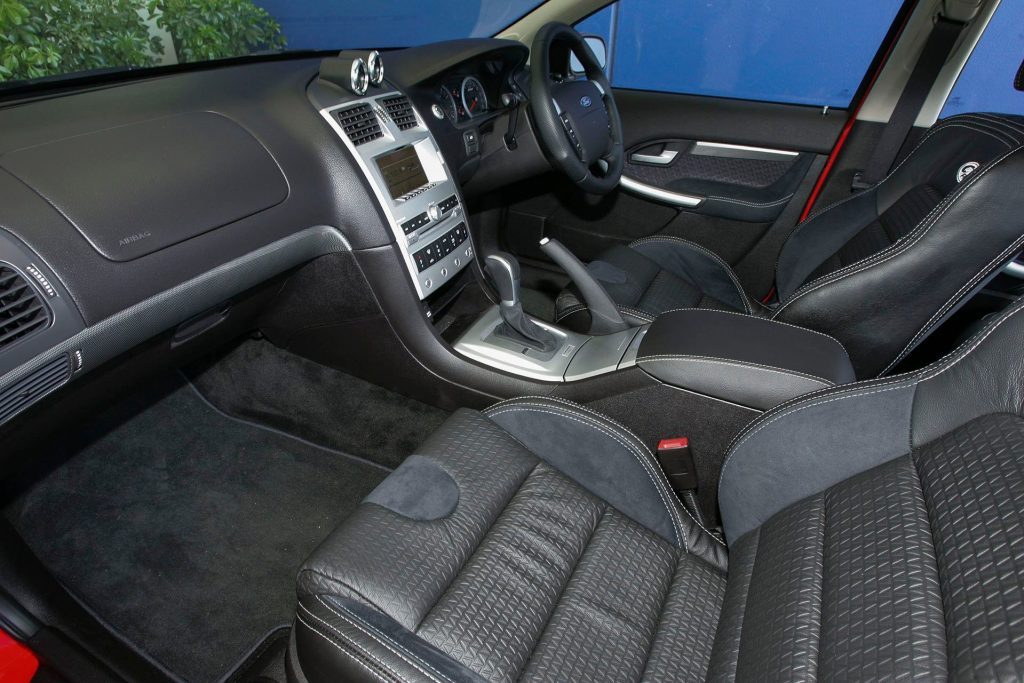
Drive Impressions: FPV Typhoon F6
Does the ZF six-speed improve the already superb FPV Typhoon F6? The answer comes rounding the same tightening, then opening left-hand uphill corner on the Great Ocean Road for the fourth time, for Tom’s camera.
Each time the ZF ’box has responded promptly and smoothly as expected but not only is it reacting to the inputs on each run, it’s learning, too. Into the corner again, lever pushed across to the left side of the gate for performance mode. Feather the throttle … thump it down. And then it happens. Almost simultaneously the ZF has dropped from fourth to third gear and the tacho needle has slid right into the heart of the torque fat. The accelerative urge is monstrous yet subtle, and perfectly timed.
It’s a synchronous piece of computer savvy that leaves you whooping with delight. Moments of sheer pleasure you’ll extract from the BF Typhoon are going to come along a lot more often.
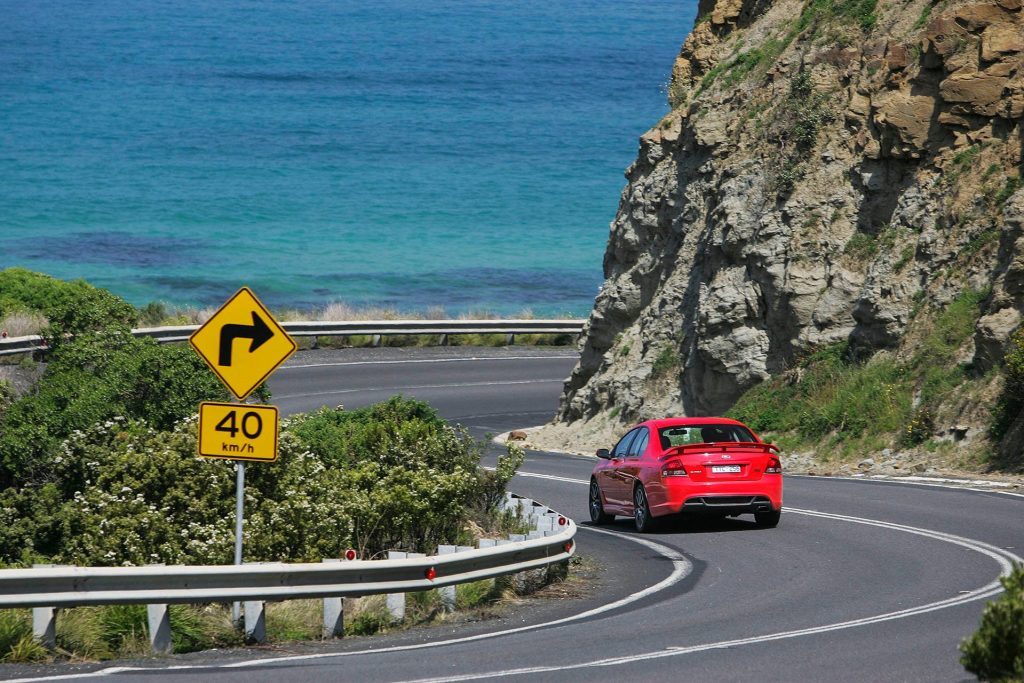
With the ZF on board, the Typhoon loses none of the hard charging sports ability born of that magnificent engine, yet at the same time is more relaxed and easier to drive between the curving, curly bits of road. And the refinement measures that Ford has come up with for BF obviously work, making this a calm cabin. Only the low profile Dunlop rubber really intrudes, and then only on coarser surfaces.
But this can be forgiven, as they are great tyres, complementing an equally compelling chassis. Time and again the massively broad and accessible thrust of the F6 270 whips the Typhoon to a stunning pace, and time and again there’s enough grip and surety to cope.
Understeer is simply off the agenda, and oversteer is produced only by violent abuse of the throttle. The lightness of the steering may not convince entirely, and the big brakes don’t offer a lot of feel through the pedal, but they do pull you up.
It all adds up to one of the great sports sedan packages that you could find anywhere and certainly the best vehicle of its type built in Australia. V8s should live in fear.
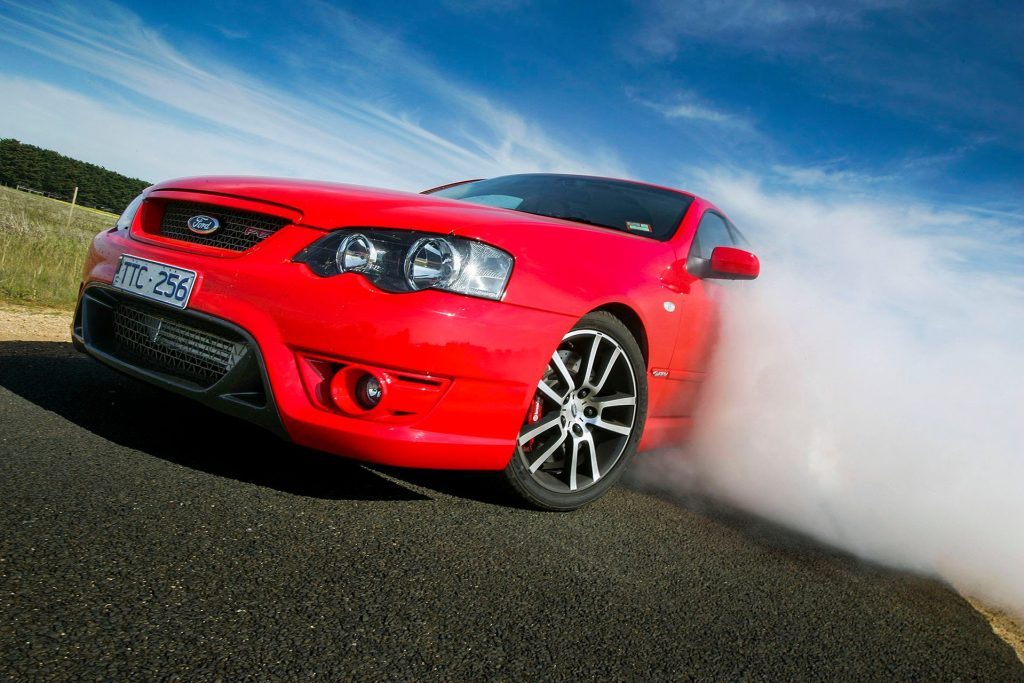
Drive Impressions: FPV GT
Intriguing this. If your expectation was that a six-speed automatic gearbox, even one as good as the ZF 6HP26, could change the fundamental character of the GT, then the exit is over there.
There is no doubt that the replacement of the old Ion four-speed auto with the ZF makes the GT a better grand tourer, quieter, faster, more economical and more refined. But there are still issues when seriously on the attack.
This remains a peaky engine that provides its largest gobs of power and torque over a relatively narrow band high up in the rev range. You have to work this engine harder than the turbo F6 to get a result anywhere near as satisfying.
Roll into a corner in third gear carrying 3000rpm – perfect for big punch from the F6 – and the V8 is below its best and motors out with a hint of lethargy. Try it in second and you’ll probably be at 5000rpm, pushing the nose on entry and breaking rear-wheel traction as you exit.
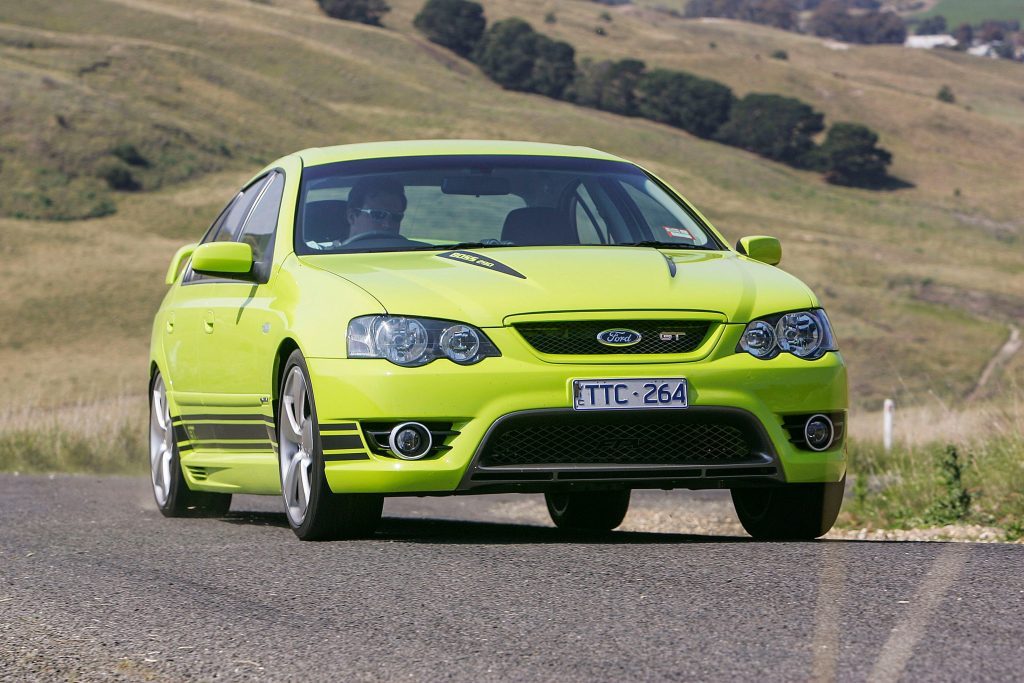
Frustrating either way, really. The best solution is simply to rely on the Brembos to pull you up on entry, carry middling corner speed and then give it the berries on the way out. In other words, drive it like a traditional Aussie V8, rather than the turbo, which has appreciably better balance and more front-end grip thanks to a lighter load over the front axle.
But the V8 has the six covered in other ways. It’s better looking for a start, with that big lump on the bonnet and has larger and better looking wheels. Those new trapezoidal exhaust tips look cool too, although ADR 83/00 has had an inevitable impact on the volume – if not quality – of the noise they produce. Nevertheless, it’s still more manly-sounding than the whooshy F6.
And that’s a key part of the V8 allure. It looks the business, sounds it and goes pretty hard too. But you’ll have to get out of the way if an F6 turns up in your rear-view mirror.
This article originally appeared in the December 2005 issue of NZ Autocar Magazine.


